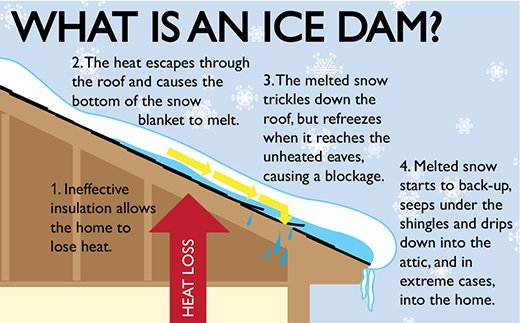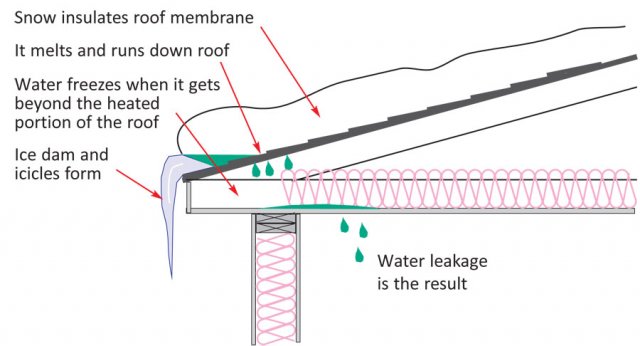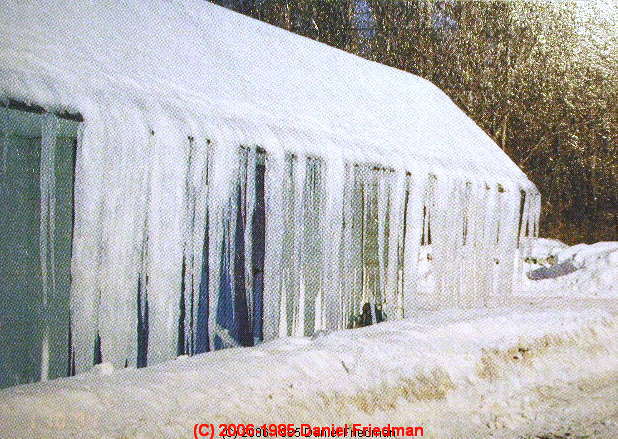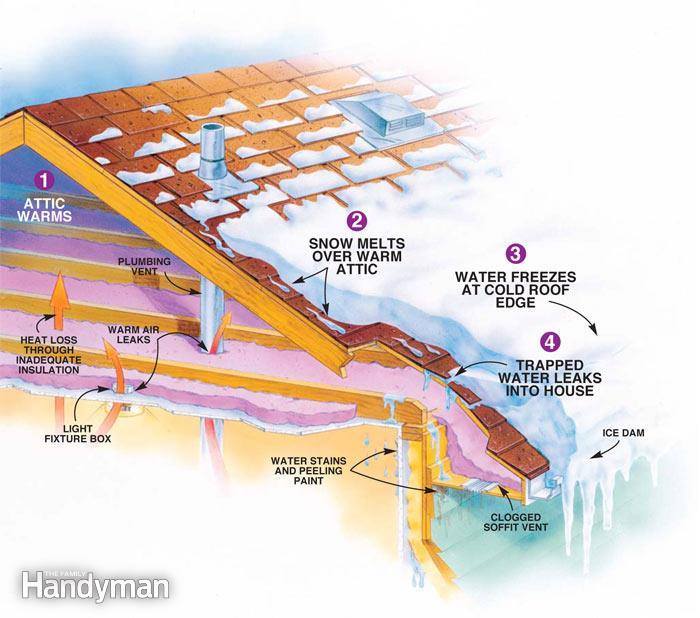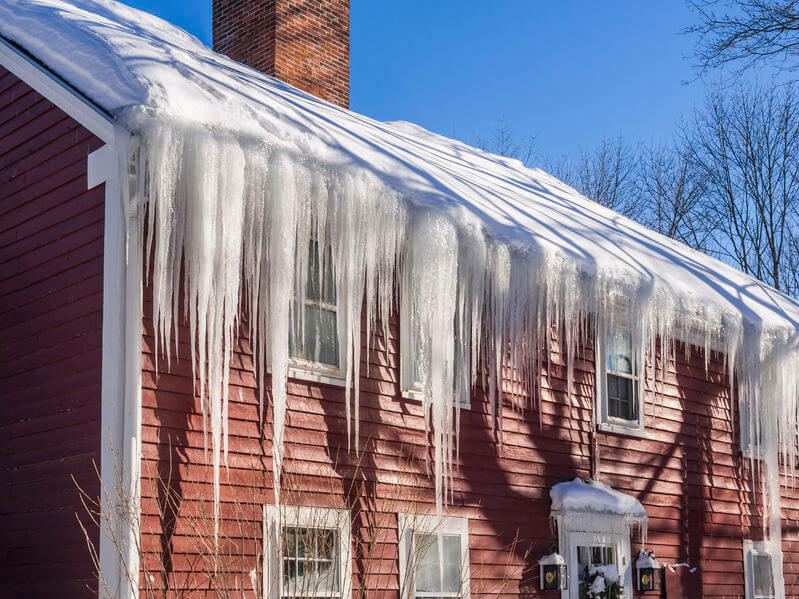Yes in order for your house to stay cool or warm and have good airflow the attic itself needs good airflow as well so that hot air can escape out of the house during the summer and cold air can get into the attic during winter to prevent ice dams from forming and causing damage.
Air handler warms attic during winter ice dams.
1 warm air rising to the peak of the attic.
To learn more about solving ice dams see prevent ice dams with air sealing and insulation.
Ice dam prevention is best achieved in three ways.
3 heavy snow coverage of the roof.
How to prevent ice dams from freezing rain snow.
Freeze thaw conditions in our forecast.
Unfortunately this practice is all too common in our northern cold climate putting air conditioning ducts in the hottest possible place in the house during the summer and putting heating ductwork through the.
Also it should go without saying that a dehumidifier won t help one pinch to prevent ice dams.
While some warm spots on the roof occur because of sunlight most are caused by heat escaping from the heated portions of the house.
What causes ice dams.
I am in a hot climate near the gulf coast in texas with the air conditioning unit is in the attic.
The outdoor air is cold and dry.
But drying out the air will only accomplish so much.
Ice dams can lead to damage to shingles and gutters as well eventually cause roof leaks and water damage.
There will always be some water vapor on your little patch of the 75 percent water earth.
A powered roof vent or attic fan is an affordable solution that can dramatically improve ventilation and minimize ice dams in winter and prevent heat from building up in your attic in summer.
A warm attic is a warm attic.
Warm air naturally rises and will find its way in the attic if there is room to pass through.
The attic temperatures eventually exceed the external temperatures increase the chances of ice dams.
This acts as a layer of insulation preventing heat loss therefore it makes it warmer in the.
Gaps into the attic usually caused by insufficient or improper attic insulation cause this warm air to get into and settle in the attic.
Ice dams are a common side effect of poor attic insulation during the winter and icicles on the edge of your roof are an obvious warning sign.
Exhaust vents placed high on the roof allow warm moist air to be pushed up and out of the attic.
2 cold air at the lower part of the roof warm air rises especially just above the eave where the temperature is about the same as outdoor air.
In warm climates it is common practice to run heating and air conditioning ducting through attic spaces simply because it is easy to do.
During the winter the indoor air is warm and humid.


